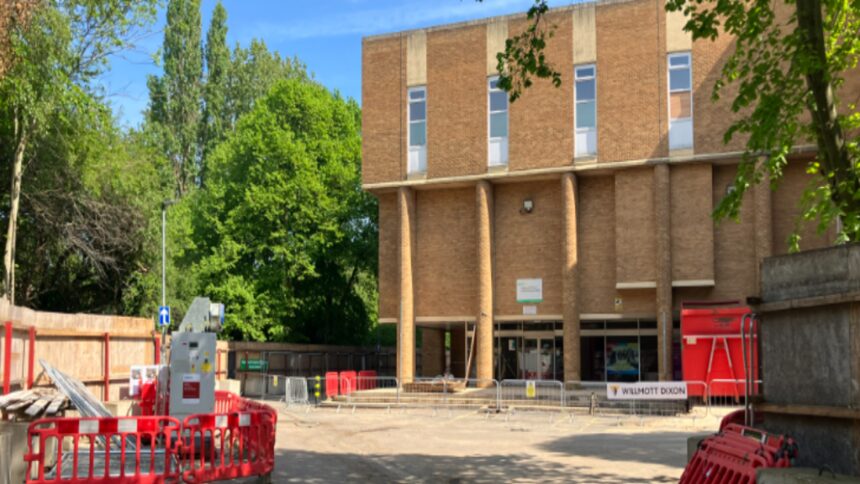In a significant boost for local sports infrastructure, Peterborough’s ambitious sports village project has secured crucial backing from the UK government, potentially transforming the city’s athletic landscape for generations to come. The proposed development at Anglia Ruskin University’s Peterborough campus represents not just a substantial investment in brick and mortar, but a commitment to community wellness and elite athletic development in a region hungry for world-class sporting facilities.
The multi-million-pound project, championed by Peterborough City Council and local partners, received formal government support through the Department for Culture, Media and Sport’s latest round of regional sports infrastructure funding. This strategic investment aims to address the glaring gap in high-quality athletic facilities that has long hampered both grassroots participation and elite training pathways in the East of England.
“This isn’t simply about building facilities—it’s about building futures,” said Councillor Sandra Matthews, Peterborough’s cabinet member for community development. “Our vision creates spaces where Olympic hopefuls can train alongside schoolchildren discovering sport for the first time.”
The planned sports village encompasses a competition-standard swimming pool, multi-purpose indoor courts, all-weather pitches, and specialized training zones designed to meet international competition standards. Notably, the facility will incorporate adaptive features for para-athletes, reflecting a commitment to inclusive sporting opportunities across all ability levels.
Local business leaders have welcomed the announcement, pointing to potential economic dividends beyond immediate sporting benefits. The Peterborough Chamber of Commerce estimates the completed facility could generate upwards of £3.2 million annually for the local economy through increased tourism, events, and associated spending.
“Sports infrastructure projects consistently deliver strong returns on investment,” noted economic analyst Diane Wilkinson in comments to CO24 Business. “Beyond the obvious health benefits, these facilities become economic engines, attracting tournaments, creating jobs, and catalyzing development in surrounding areas.”
The government backing comes after years of persistent lobbying from local officials and a compelling case built around Peterborough’s strategic location and growing population. The city’s position within the Cambridge-Peterborough innovation corridor made it an attractive candidate for investment aimed at retaining talent and enhancing quality of life metrics in the region.
Public reaction has been overwhelmingly positive, with local athletics clubs and schools particularly enthusiastic about accessing facilities previously available only through lengthy travel to neighboring counties. Youth sports participation, which has declined by 12% locally over the past decade according to Sport England data, stands to benefit significantly from the development.
Construction timelines indicate breaking ground by early 2024, with phased openings beginning in late 2025. The project team has emphasized sustainability in design, incorporating advanced energy management systems, rainwater harvesting, and natural ventilation to minimize environmental impact.
While the government backing represents a major milestone, council officials acknowledge that securing complementary private funding remains crucial to delivering the complete vision. Negotiations with several potential corporate partners are reportedly in advanced stages, with naming rights and specialized training zone sponsorships under discussion.
As Peterborough prepares for this transformative addition to its civic landscape, the question emerges: could this model of strategic sports infrastructure investment become a blueprint for revitalizing mid-sized cities across the UK, or will the promised economic and social benefits prove elusive in a challenging fiscal environment?























